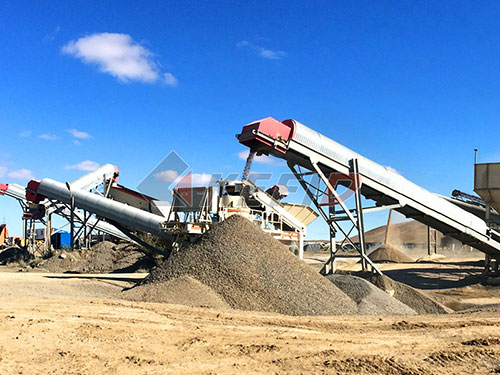Demystifying Metso Crusher Parts Prices: A Practical Guide for Buyers
Understanding the pricing landscape for Metso crusher parts is crucial for any operation relying on these robust machines. Whether you manage a quarry, a mine, or a recycling plant, optimizing your parts expenditure directly impacts your bottom line. However, pinning down a single “price list” is impossible due to the complex factors involved. This guide explores what influences Metso crusher parts costs and offers strategies for informed purchasing.
Why There’s No Simple Price Tag
Several key variables determine the final cost of any Metso replacement part:
1. Part Type and Complexity:
Wear Parts (Mantles, Concaves, Jaw Dies, Blow Bars): These high-consumption items vary significantly based on size, material grade (e.g., standard manganese, MX alloys), and design complexity. Larger crushers require larger, more expensive wear parts. Premium alloys command higher prices but often offer superior life.

Mechanical Components (Bearings, Seals, Shafts): Prices depend heavily on the component’s size, precision engineering requirements, material specifications (e.g., bearing type/grade), and whether it’s a standard or highly specialized part.

Hydraulic & Electrical Components: Valves, pumps, sensors, and motors vary widely based on specifications and complexity.
2. Source: OEM vs. Aftermarket:
Genuine Metso Parts: Offer guaranteed compatibility, performance backed by Metso expertise and warranty support. This assurance typically comes at a premium price point.
Premium Non-Genuine (Aftermarket) Parts: Reputable manufacturers invest in quality materials and precise engineering to meet or exceed OEM specifications. Prices are generally lower than genuine parts but higher than budget alternatives. Quality varies significantly between suppliers.
Budget Aftermarket Parts: Often sourced from suppliers with varying quality control standards. While offering the lowest initial cost, they frequently result in shorter lifespan, potential compatibility issues leading to damage, increased downtime risk, and potentially higher total cost of ownership.
3. Crusher Model and Age:
Parts for newer or highly popular models are generally more readily available across all supplier types.
Parts for older or obsolete models might be harder to find (especially genuine), potentially increasing cost due to lower production volumes or requiring custom manufacturing.
4. Order Volume & Supplier Relationship: Large orders

Leave a Reply